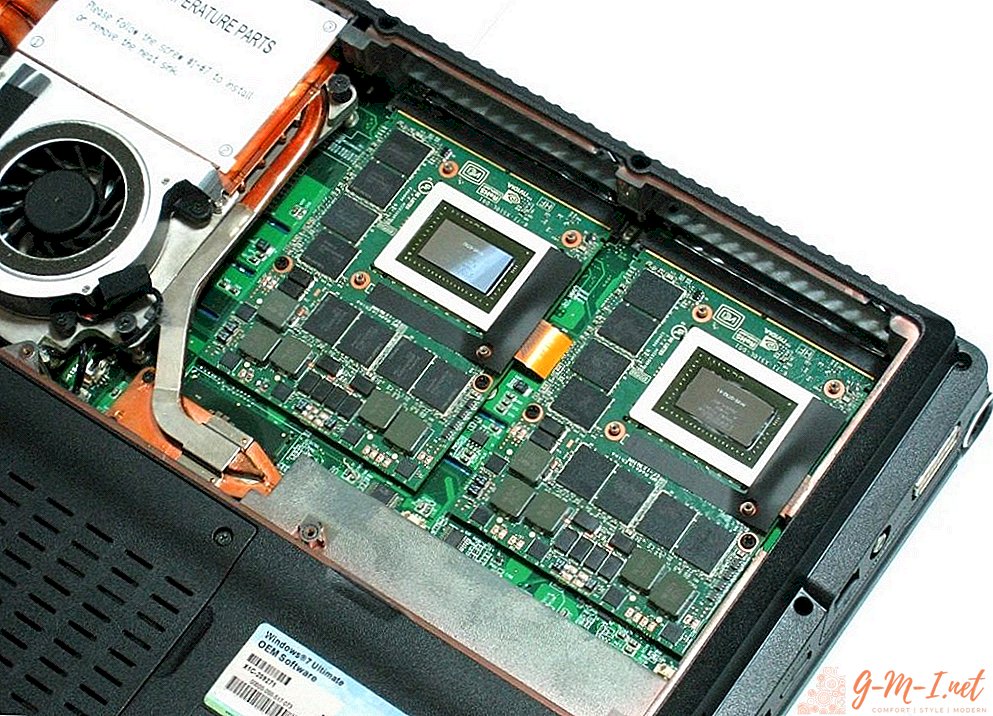 A laptop is one of the most common devices that almost every modern person has. A huge number of users prefer them to traditional stationary computers. This is explained by the fact that the laptop is more mobile, and its technical characteristics are almost as good as the PC.
A laptop is one of the most common devices that almost every modern person has. A huge number of users prefer them to traditional stationary computers. This is explained by the fact that the laptop is more mobile, and its technical characteristics are almost as good as the PC.
But not every owner of such a device has an idea of all its components, which allow using many functions. For example, what is a discrete video card and how does it differ from other types? All this you will learn in this article.
Types of video cards in a laptop
There are several types of video cards that can be a complete set of laptops. Each of them has its own characteristics, which you should definitely be aware of when choosing a device for specific purposes.
Consider the types of these elements:
- Integrated - this card is built into the motherboard of the device or is located in the processor. It is used during normal work, which does not require much energy and notebook power. This card has no own video memory.
- Discrete - this video card can be either built-in or removable. Its difference lies in the availability of its own video memory and some other features.
- External - card, connected separately and performed in a separate package.

Modern laptops usually have two types of cards: integrated and discrete. The first is used during the execution of simple tasks, and the second is activated when you start games and other more "powerful" applications.
What is a discrete graphics card
So what exactly is a discrete video card? This is a card that practically does not use the resources of a laptop, only receives all the necessary data from it. It is most often performed in a separate enclosure and significantly improves performance, and also guarantees excellent image quality. It has a graphics adapter with special individual processors, which makes it even more useful when using a laptop.
Attention! The best option is such a laptop model, which has two types of cards. This is explained by the fact that at first only the integrated card is used, and then, if necessary, the discrete one is also connected. Thus, the most acceptable balance between performance and energy consumption is achieved.
Like any other card, the discrete one has its advantages and disadvantages, which should be taken into account when choosing a laptop or a separate video card. Consider them in more detail.
Advantages and disadvantages of a discrete video card
Discrete and integrated cards differ in one point: one has excellent performance, but is quite energy-intensive, the second one on the contrary - consumes less energy, but does not have a good level of performance.
The main advantages of a discrete video card are:
- the ability to upgrade to the latest, most powerful version;
- the ability to play any media in excellent quality;
- the ability to use multiple monitors at once;
- increase the computing power of the device.

Of the minuses can be identified rather high cost of such a video adapter, as well as extremely high energy costs. In the second case, you should be careful - too much energy consumption can lead to a strong heating of the laptop, which will adversely affect its future work.
How to switch to a discrete graphics card
Switching from an integrated card to a discrete card should occur automatically as soon as the operating system of the device realizes that this is necessary and the built-in element can no longer cope with the specified load.
But this is not always the case. The system is not perfect, so errors periodically occur, which can significantly spoil the impression of using a laptop. What to do in this case and is it possible to independently switch from one card to another?
To do this, there are several ways: using the firmware (it is installed along with the necessary drivers), through Windows tools or through UEFL / BIOS. The procedures for such a switch are not too complicated, so even a beginner who does not have in-depth knowledge of engineering can handle the task. Detailed instructions are easy to find on the Internet.
You also need to take into account the model of your laptop and manufacturer, as there may be minor differences in the systems.
Now you know what a discrete graphics card is for a laptop, what it is for, and whether it is possible to switch between discrete and integrated cards independently, without waiting for the automatic transition. With this knowledge, you can choose for yourself the perfect laptop that can play any, even the most "heavy" applications and will have a high level of performance. This means that you will be able to view the video in the highest quality, as well as play any games without disturbing the graphics and other important parameters.



Leave Your Comment